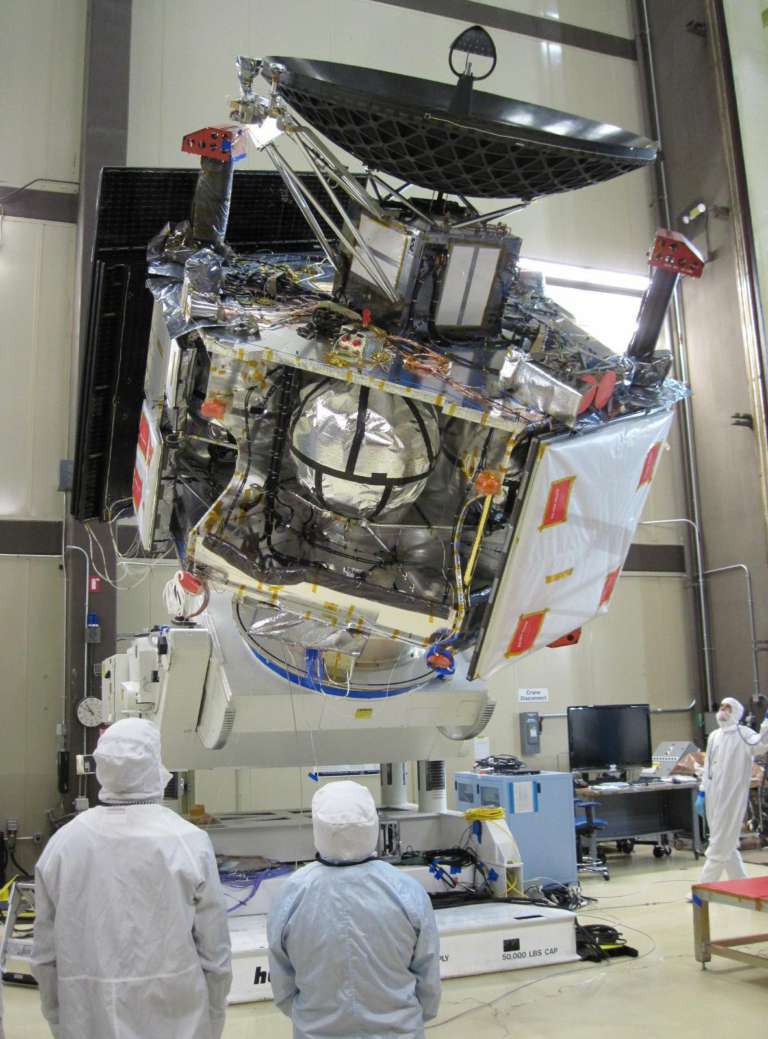Emily Lakdawalla • Apr 08, 2011
Juno is being shipped to Cape Canaveral today
Spaceflight Now is following along as the next Jupiter orbiter, Juno, is journeying from its birthplace at Lockheed Martin in Denver to Cape Canaveral. As of this moment it has been packed up and loaded onto a flatbed trailer, which is driving through Denver with police escort, en route to the Denver airport, where it'll board a C-17 for the trip to Florida. Weather looks favorable to get the spacecraft to the Cape today, where it will be stacked onto an Atlas V. We hope. As long as the employees at the Cape can keep working. There's a photo album of the transport at Spaceflight Now; here's some earlier photos showing the spacecraft being assembled and tested.


Juno's launch period is only three weeks long, from August 5 to 26, and is followed very closely by the launch period for another LockMart spacecraft, GRAIL, which extends from September 8 to October 3. Hopefully a government shutdown, if it happens, will be brief enough not to put any pressure on Juno's launch. If Juno were to miss its launch period, that would force a delay of more than a year, I think, though I'm not totally sure; after its launch Juno has to return to Earth two years later for a gravity assist that will send it on to Jupiter. If GRAIL misses its launch period, it would mean a delay of several months, because the GRAIL spacecraft can't survive a lunar eclipse while in lunar orbit, and there's a partial eclipse in June 2012. For now, though, both spacecraft are on schedule for their planned launches -- here's to hoping they stay that way!
Support our core enterprises
Your support powers our mission to explore worlds, find life, and defend Earth. You make all the difference when you make a gift. Give today!
Donate

 Explore Worlds
Explore Worlds Find Life
Find Life Defend Earth
Defend Earth

